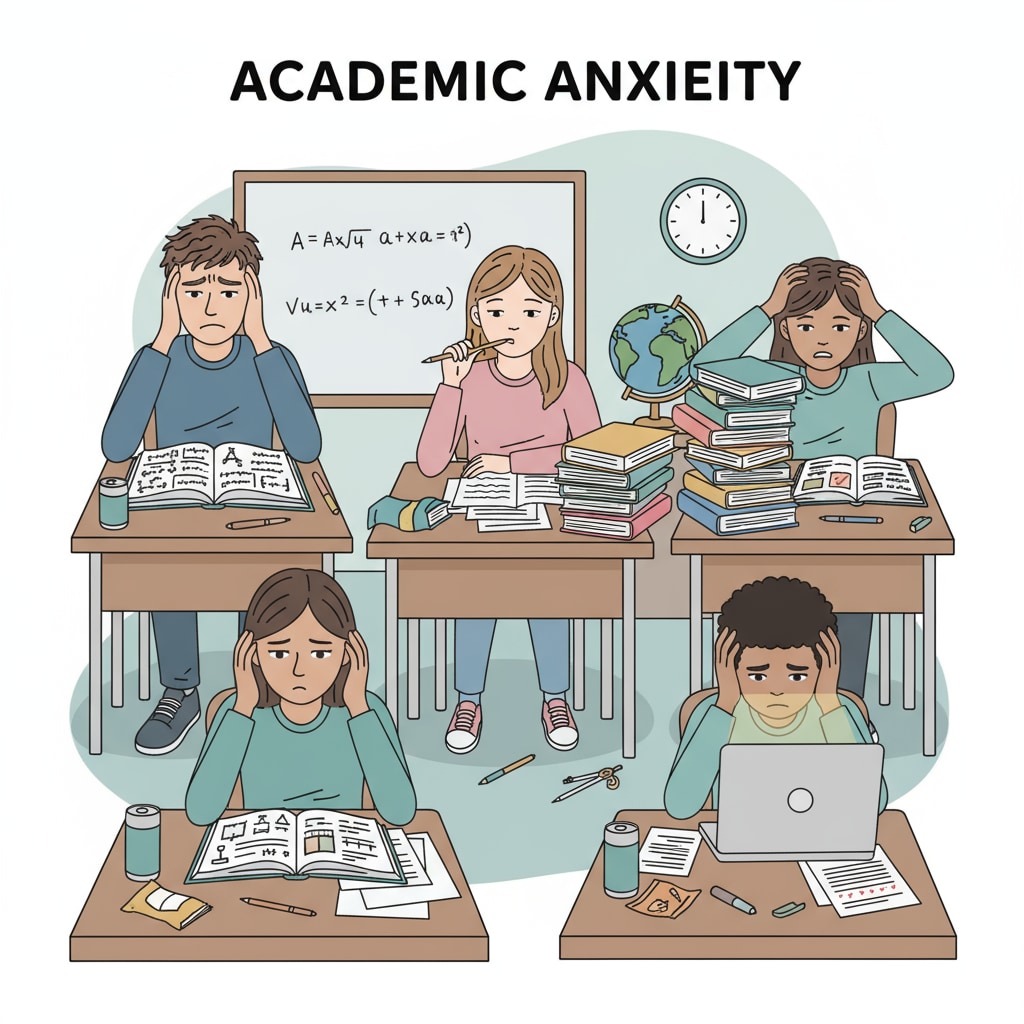Learning difficulties, anxiety, and self-doubt often go hand in hand among teenagers in the K12 stage. When faced with academic challenges, many young minds find themselves trapped in a web of negative emotions. For example, a student who struggles with math may start to feel anxious during exams, constantly doubting their own abilities. This not only affects their academic performance but also their overall well-being.

The Root Causes of Learning-Related Anxiety and Self-Doubt
One significant factor is the high pressure of academic competition. In today’s educational environment, students are constantly compared with their peers. The fear of falling behind can trigger intense anxiety. Additionally, ineffective learning methods can lead to poor academic results, which in turn fuels self-doubt. For instance, if a student tries to memorize everything without understanding the concepts, they may struggle to apply the knowledge during tests. According to APA’s information on learning disabilities, learning difficulties can also be related to underlying psychological or neurological issues.
The Impact on Teenagers’ Mental Health
Anxiety and self-doubt can have a profound impact on teenagers’ mental health. They may become withdrawn, lose interest in activities they once enjoyed, and even experience sleep disturbances. Over time, this can develop into more serious mental health problems. For example, some students may start to avoid going to school altogether due to the overwhelming anxiety. As stated in NIMH’s research on child anxiety disorders, early intervention is crucial to prevent the worsening of these issues.

To help teenagers overcome these challenges, educators and parents play a vital role. They need to create a supportive environment where students feel safe to express their concerns. Teachers can provide individualized learning plans, and parents can offer emotional support at home. By addressing the root causes and providing appropriate guidance, we can help these young people break free from the shackles of anxiety and self-doubt and regain their confidence in learning.
Readability guidance: The key points are presented in short paragraphs and lists. Each H2 section provides a summary of important aspects. The proportion of passive voice and long sentences is controlled, and transitional words are evenly distributed throughout the text to enhance readability.


